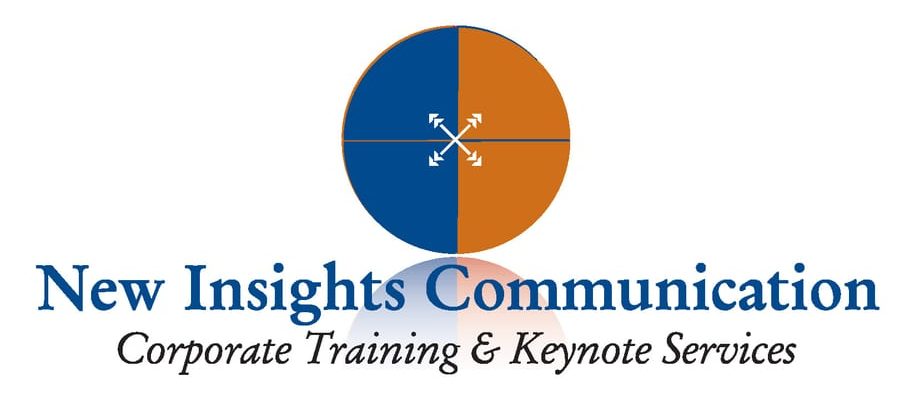When an 8-foot red-tail boa constrictor was found frozen along the banks of the Great Miami River one day during a cold Dayton, Ohio winter (allegedly an escapee from a local tattoo parlor), it reminded me of how e-mail has grown larger and longer. In fact, some days when I open up my “in-box” email folder, I cringe. Oh, how the flood of spam can water down clear communication that is precise, accurate and positive. But you can do something about it.
E-MAIL’S EFFECTIVENESS HURT BY SPAM, LACK OF MESSAGE CLARITY
Jim Debrosse, Staff Writer for the Dayton Daily newspaper, wrote a fascinating look at the dynamics of e-mail and how “one communication expert recommends ‘kneecap-to-kneecap’ meetings.” I knew you might like to read Jim Debrosse’s complete article that appeared in Tuesday, January 30, 2007 Dayton Daily News here.
With spam soaring to more than four out of every five messages sent to computer inboxes, organizations that depend on e-mail increasingly risk miscommunication and missed communication, a variety of experts say.
Technicians charged with filtering spam “walk a very balanced line,” say Paul Hernandez, director of computing and telecommunications at Wright State University. “The more aggressive you are about blocking spam, the more you run the risk of blocking legitimate e-mail.”
Robert Chelle, a professor of entrepreneurship at the University of Dayton, said he checks his blocked junk mail at least once a day–up to 150 messages–to make sure he hasn’t missed correspondence from students, faculty or consulting businesses.
“If someone sends me a big file, it may look like spam” to the university’s filters, he said.
At least one expert in organizational leadership–Roger Carlsen of Wright State University–says businesses, universities and government can no longer depend on e-mail to conduct their official business.
“I think it’s less reliable and less effective than probably the U.S. mail,” he said.
Carlsen said he finds “false negatives” among the blocked messages in his spam file every day, and warned that not everyone has the time of willingness to peruse their spam.
Angelia Erbaugh, executive director of the Dayton Tooling and Manufacturing Association, is one of those who does check and pays a price for her vigilance. “We’re just a tiny operation, but because of our general e-mail address, we get flooded with spam” — about 1,000 messages a day.
“Not only is it quite annoying, some of it is downright disgusting,” she said.
To further complicate communication, Carlsen said, the sender of an e-mail has no assurance it reached the recipient unless the recipient responds. And with so much spam clogging mailboxes today, more messages are being bounced back as “undeliverable.”
That’s one reason that Basil Zabek, business development manager of the Dayton Development Coalition, believes it’s the responsibility of the sender, not the receiver, to make sure the message has been received. “If you really wanted me to have it, you would send me another e-mail and make a phone call, if it’s that important.”
Dennis O’Grady, a Dayton-area communications psychologist, and author of the book Talk to Me, recently conducted a seminar on effective communication for 42 area entrepreneurs and business leaders, where he found a common complaint was “there’s too much virtual communication, not enough daily contact.”
“With e-mails, communication is sometimes more confusing than clarifying,” O’Grady said. He used the example of someone responding to a colleague’s e-mailed proposal with an e-mail that said, “That’s just great!”
“It could be a compliment. It could be sarcastic. Or it could mean ‘you and I both know it’s a loser and we have to come up with a solution,'” he said.
There’s no substitute for what O’Grady calls “kneecap-to-kneecap communication, where you’re sitting down together and really talking things through.”
Why? “Because 82 percent of communication is nonverbal,” he said. That includes tone, facial expressions, gestures and even the surrounding physical environment–none of which can be put into an e-mail.
E-mails can create distance and even animosity among employees, O’Grady said. In his seminars on effective communication, O’Grady asks his clients how often they will pick up the phone and call a colleague if they don’t fully understand an e-mail.
“I found it depended on how well they knew the person sending the e-mail,” he said.
So where direct contact was needed most to communicate with a colleague, the recipient of the e-mail was least likely to reach out to the sender, he said.
The speed of e-mail is both its advantage and its Achilles’ heel, O’Grady said. The temptation is to put thoughts quickly into words and then hit the send button without “tending to the relationship” with the other employee, he said.
Effective communication is not just putting words together, but taking into account that we are “emotional creatures,” he said. “That’s why I like people talking eyeball to eyeball, kneecap to kneecap, and that takes time.”
ABOUT DAYTON DAILY NEWS STAFF WRITER JIM DEBROSSE AND DR. DENNIS O’GRADY
Jim Debrosse is a Staff Writer for the Dayton Daily News. This reporter can be contacted at (937) 225-2437 or jdebrosse@DaytonDailyNews.com. Communications psychologist Dr. Dennis O’Grady, is available for media interviews at (937) 428-0724 or www.drogrady.com
